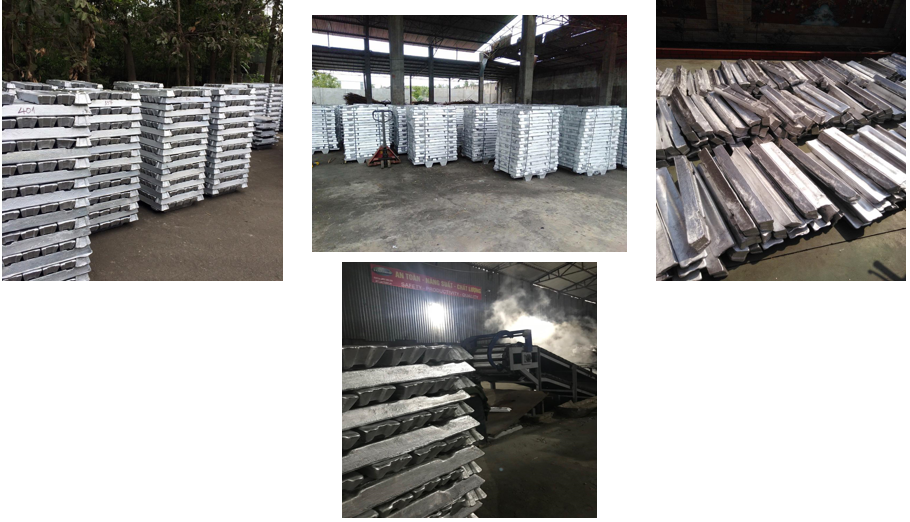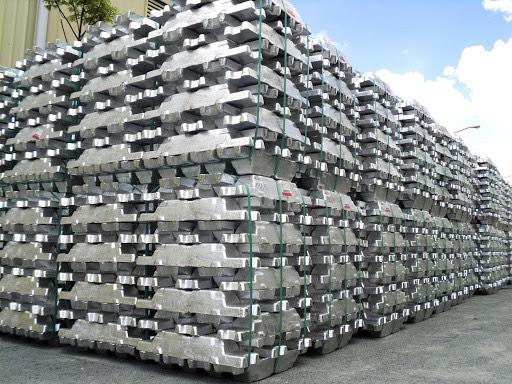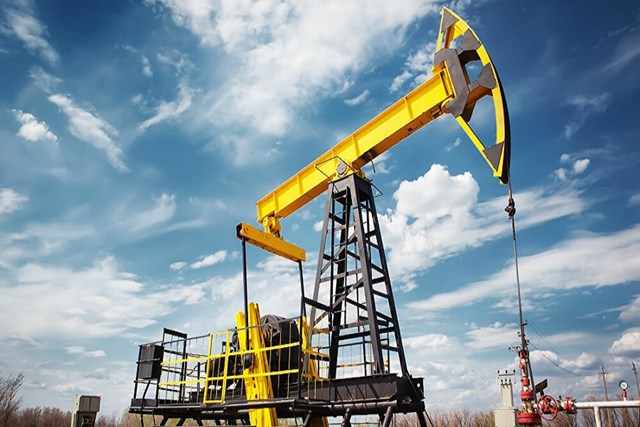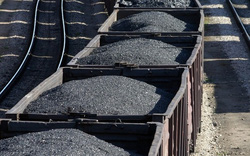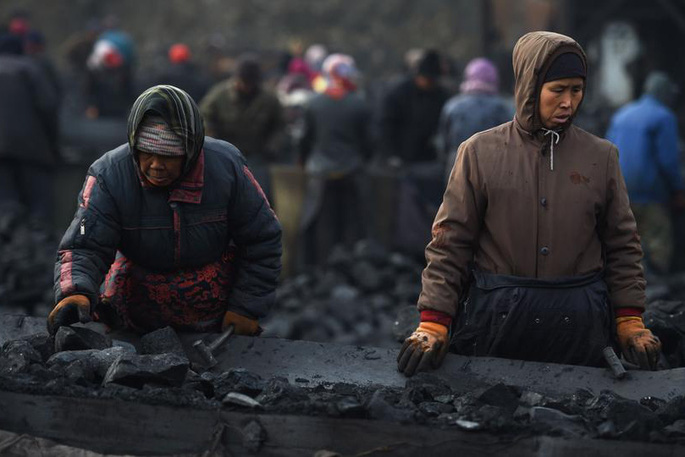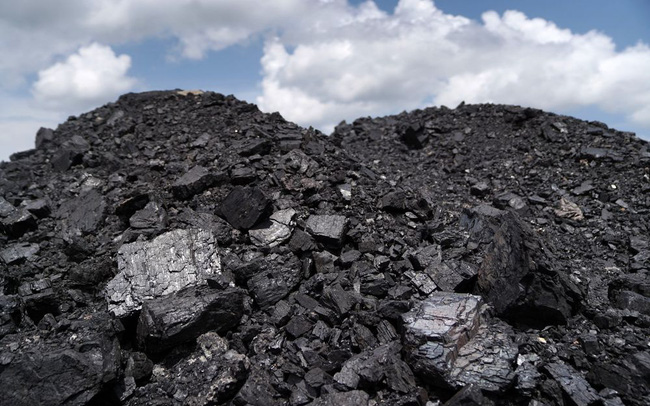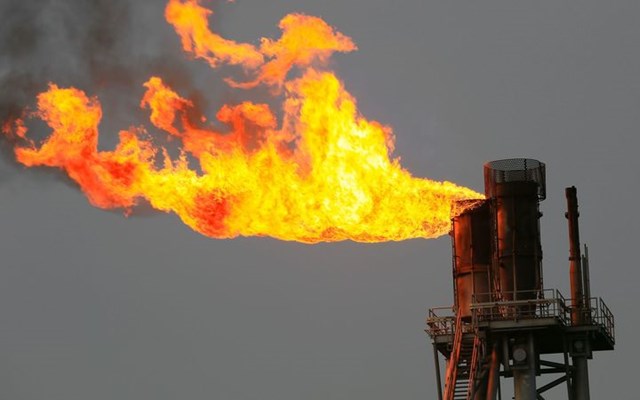On the macro side, a change in import tax can lead to a change in many “variables” such as the exchange rate, inflation, monetary policy and unemployment. Things can get much more complicated.
If a major country imposes tariffs on steel imports, Chinese steelmakers may be forced to cover part of the losses through price cuts to maintain their position in the US market. As for the United States, it could improve the terms of trade, even seeing the increased general welfare as the price for falling steel imports.
In some cases, the imposition of import duties is a justification for the protection of nascent industries and a response to unfair competition measures, such as export subsidies, which some governments have provided. perform. However, economists say that attacking these unfair competition measures is a more positive solution than imposing import taxes to compensate for the damage.
The US steel import tax action may not lead to an increase in global steel production, but its effect on aggregate demand is quite complex. When the US imposes this tax, China’s net income will first decrease. In the United States, steel producers may benefit, but consumers and businesses may suffer, while the US government benefits from increased tax revenue.
The 1960 study by economist Robert Mundell showed that in a world with flexible exchange rates, the import tax plan that the US government just announced tended to help improve the balance of trade, but also pushed up the real exchange rate of USD. That could lead to a decline in economic output and employment in the United States.
Agreeing with this view, the head of economic research at the International Monetary Fund (IMF), Maurice Obstfeld in 2016 wrote that if the US imposes a 20% import tax on goods imported from East Asia, it has not Taking into account retaliatory action, it has also caused the USD exchange rate to increase by 5% and the US GDP by 0.6% in the next 5 years.
If this forecast is true, then Trump’s trade measures can be likened to “hit his back with a stick” and have an adverse impact on the US economy itself. These impacts could be even larger, if they temporarily affect global supply chains, slow economic growth, and dampen confidence due to uncertainties related to trade policy. Not to mention trade retaliation.
Meanwhile, according to the Economic Forecasting and Analysis Unit (EIU) of The Economist, since the beginning of 2018, trade policy has become the biggest threat to global economic growth. President Donald Trump is “pushing” his country’s policy stance towards protectionism.
The escalation of the change in US trade policy and its impact on global economic growth will depend on the response of some key US trading partners, notably Note the EU and China.
The EIU analysis suggests that a retaliation similar to the US protectionist measure could push up the cost of goods, but is probably less likely to cause a significant slowdown in world economic growth. .
However, the imposition of tariff and non-tariff barriers will inevitably reduce business confidence, make investors hesitant about capital investment decisions, and affect diplomatic relations. and growth prospects of the global economy.
In addition, the new wave of protectionism will make it difficult for the world to cope with the risks of a global economic recession in the future, from the perspective that increased import taxes reduce consumer spending power. .
T&G International Joint Stock Company
Address: 352 Hue Street, Le Dai Hanh Ward, Hai Ba Trung District, Hanoi
Hotline: 0345786803
Email: hrm@tginterjsc.com
Website: http://tginternationaljsc.com



